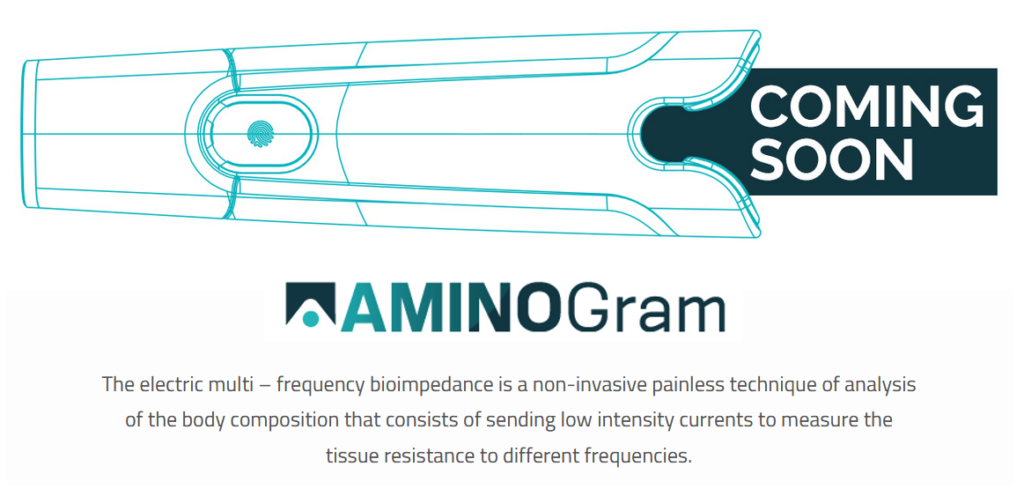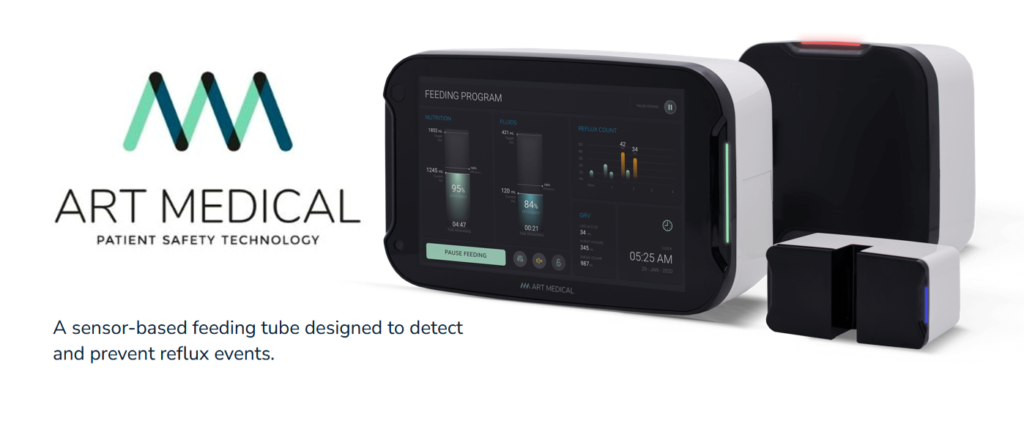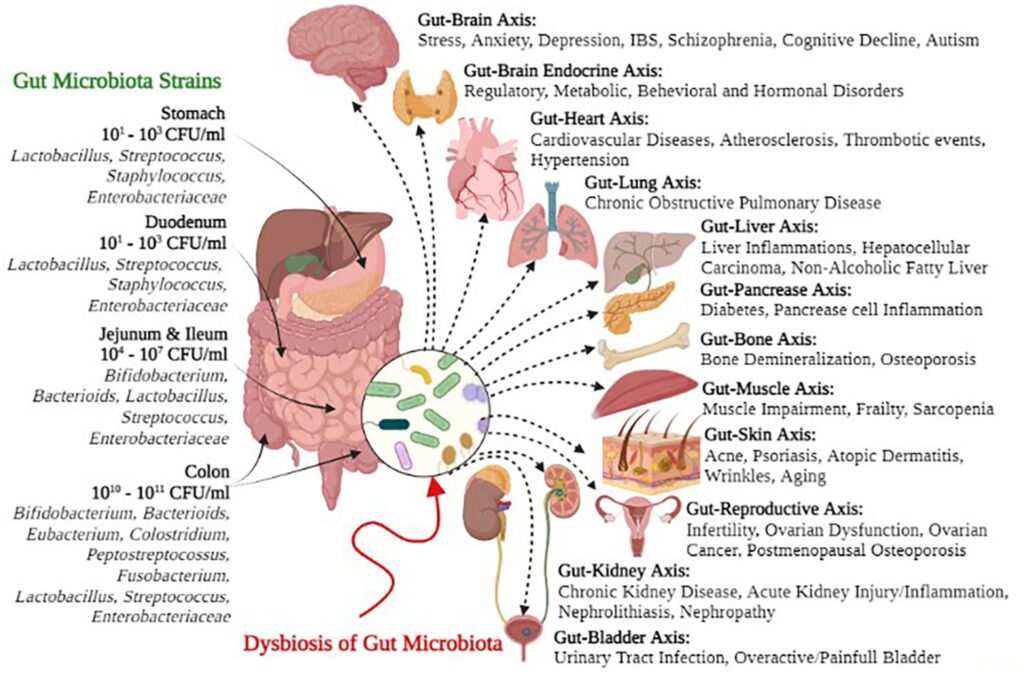
September 2023 marked the 45th annual congress of the European Society for Clinical Nutrition and Metabolism (ESPEN). This year, the congress was held across 4 days in the city of Lyon, which our Consultants Adele Carrot and Christopher-James Dewilde were fortunate enough to be able to attend. The theme of this year’s congress was “Live healthY with Optimal Nutrition.” The aim was to bring people together to discuss the latest advancements and research in human health through the lens of clinical nutrition and metabolism. In attendance were a mix of key stakeholders across industry, academic, and clinical settings. On offer for attendees was a comprehensive programme including keynote lectures, symposia, workshops, oral and poster presentations, as well as exhibition booths where industry presented their latest innovations.
Companies in attendance included an encouraging mix of mature companies showcasing new additions to their portfolios, as well as young startups eager to demonstrate promising new technologies. Many of the mature companies present were exhibiting medical nutrition portfolio offerings spanning oral, enteral, and parenteral nutrition, with samples of new oral nutrition products and flavours for healthcare professionals to try. The startups in attendance were largely focused on innovations in medical devices, ranging from body compositions scanners to (par)enteral feeding systems. Here are some of the latest innovations from startups which we found particularly interesting:

Aminogram has created multiple handheld devices which can measure the body composition of a patient in seconds by holding a device to the patient’s ankle, hands, or both. It does this by using electric bioimpedance, which involves sending low intensity currents throughout the body and measuring the tissue resistance to different frequencies. The devices made by Aminogram are connected to the cloud so the results can immediately be analysed on a computer using their proprietary software. Aside from being fast, non-invasive, and painless, this technique has various other advantages over existing body composition measurement techniques, including not being affected by the quantity of air exhaled before measurement, being able to measure body water percentage, and not requiring any in-depth training to use.

Art Medical has created the smART+ Platform, an all-in-one device including a console, tube feeding system, and multiple sensors to be connected to a tube feeding patient. The device uses the sensors to monitor markers such as metabolism, gastric reflux, gastric residual volume, and urine flow. This data can be viewed on the console (using Art Medical’s proprietary software) to help manage the patient’s nutrition by:
A very encouraging 2023 study compared critically ill patients who received ESPEN-guideline based nutrition versus smART+ guided nutrition. The smART+ group showcased a 10.5% deviation from daily targeted (‘optimal’) nutrition, versus a 34.3% for the ESPEN-guideline group1.
Our consultants alternated between sampling these latest innovations and sitting in on talks about cutting-edge advancements in nutrition. Two of the biggest topics discussed at ESPEN this year, the polymorbid patient and the microbiome, we believe will shape not only clinical nutrition, but the future of the entire healthcare industry.
Polymorbid patients, often defined as patients who have two or more chronic conditions, account for more than 70% of the hospitalised adult population2. Unsurprisingly, they are also associated with higher healthcare burdens, mortality rates, and healthcare costs3. Whilst the prevalence of polymorbidity is on the rise due to an aging population, it is also important to note that more than half of polymorbid patients are still under 654.
Historically, healthcare resources, particularly clinical guidelines, have been classified by each individual condition. A study by Fried et al. showed that clinicians struggle with applying these condition-specific guidelines to their patients with multiple conditions5. In most cases, the interactions between their various conditions necessitate more individualized care plans. This is complicated by the fact that the existing research on polymorbid patients is limited. Traditional clinical trials have focused on single diseases or conditions, making it challenging to establish evidence-based guidelines for treating individuals with multiple chronic conditions. Moreover, polymorbid patients frequently face the challenge of polypharmacy, where they are prescribed multiple medications to manage their conditions. This leads to medication interactions, adverse effects, and compliance issues. A more holistic approach is therefore needed to deliver the best possible care for this patient group.
ESPEN has recognised this growing need and released their first guidelines on nutritional support for polymorbid patients in 20186. These guidelines were updated in 20237, and the update brought the total number of recommendations for clinicians to 32. Broadly, the recommendations cover the importance of early and comprehensive nutritional intervention as a cost-effective way to improve clinical outcomes.
Whilst these guidelines provide a helpful start in making clinical approaches more holistic, other stakeholders may also benefit from considering polymorbidity. For example, many players in the medical nutrition industry have shifted towards a more disease-specific approach over the last decade, allowing them to offer tailored solutions for certain patient populations. Reassessing their customer base through the lens of polymorbidity may provide new insights on the overlap between conditions, and consequently provide more nuance to which conditions to prioritise.
Polymorbidity has been central to some of Sector & Segment’s recent projects, such as working with a novel pharmaceutical product which stood to benefit patients with two highly correlated conditions. Although our research indicated that HCPs were aware of the high correlation between both conditions, they were only using the product for patients who had the first condition. Patients with the second condition were managed according to the guidelines of the second condition, which did not include the product. As the product was already very well received amongst HCPs, an HCP awareness campaign focusing on polymorbidity was the proposed strategy to increase adoption of the pharmaceutical product.
The human gastrointestinal tract is home to trillions of microbes which together make up the gut microbiome. Extensive research has made clear that these microbes play a key role in a large number of biological processes including inflammation, homeostasis, haematopoiesis, and metabolism. Any change therefore in the microbiome not only impacts the gut but can also influence other organs throughout the body. A dysbiosis (imbalance) of the gut microbiome has been linked to a large number of negative health outcomes and diseases.

A number of microbiome-related treatments already exist, including:
Faecal transplantation – works by transferring microbiota from the faeces of a screened donor to the intestines of the patient. It has been shown to be a helpful treatment for Colitis8, as well as showing promising results in mice studies to treat conditions such as obesity9.
Pre- and probiotics – works by ingesting more bacteria (probiotics), as well as compounds (prebiotics) which can be fermented by the bacteria to promote their reproduction. Initial evidence shows that consuming biotics also positively impacts other bodily functions outside of gastrointestinal health, through the various gut axes (see here for a short overview of some of the cognitive benefits from consuming probiotics).
Phage Therapy – works by administering phages, viruses that specifically target bacteria, for the treatment of infections. This practice is extensively used in Eastern Europe10 and shows a lot of promise due to its ability to treat antibiotic resistant bacteria11.
Appropriate Diet – many common dietary components have been shown to impact various aspects of human health through the microbiome12.
Although many of these treatments have shown a lot of promise and are gaining traction, our understanding of how the microbiome influences diseases is still in its infancy. What is already clear however is that the interactions between the microbiome and these diseases are multifactorial, and very complex.
We can learn a lot about how to approach the microbiome from The Human Genome Project. The project involved trying to cure diseases by manipulating one of the estimated 20,000 human genes13, and was predicted to radically shift our approach to healthcare by the year 2020. It has since become clear that disease causation is rarely that simple, and that multiple genes are involved in triggering diseases, each contributing a comparatively small amount. This is why almost 30 years later, our approach to healthcare remains largely the same.
We now understand that gene expression determines whether a patient incurs a disease, whilst the microbiome is largely responsible for when the patient incurs it and the degree of severity. But in comparison to a mere 23,000 human genes, there are millions of distinct microbial genes in the microbiome14. Unsurprisingly, we are still very far away from understanding the vast majority of these genes. For example, 90% of the virus genes in the microbiome (which account for roughly 5-6% of the microbiome) cannot be classified to any of the viral families we have defined so far15.
If modulating one of 20,000 individual human genes did not result in curing the majority of diseases, trying to modulate one of millions of individual microbes in the gut will likely also not result in an outsized impact on disease progression and symptomatology. This is especially true due to the microbiome’s dependence on exogenous factors such as diet and lifestyle. Instead, the future of medicine will likely involve microbiome modulations which have multiple targets. They will promote microbiome diversity, reduce certain pathogenic bacteria, and promote processes in the gut which create byproducts known to positively influence health.
Sector & Segment recently helped develop a launch strategy for an exciting new solution which offered a variety of microbiome-related health benefits due to a synergy within its ingredients. We believe that we will see many more such solutions appear on the market in the future. What remains to be seen is how such products with multifaceted benefits will be adopted by patients and HCPs alike.
Our experience at ESPEN was thoroughly rewarding. We appreciated the breadth of topics presented, as well as the level of insight and expertise conveyed by each of the speakers. We enjoyed being able to catch up with clients, as well as network with such a diverse range of companies from all across Europe. We especially enjoyed sampling products because this allowed us to witness various innovations come to life which we have worked on over the years. Finally, learning about the continued effort being put into advancing medical nutrition and improving clinical guidelines left us feeling very optimistic about the future of the field. We look forward to what ESPEN 46 will bring!
We collect, use, analyse and share data such as statistical or marketplace data and provide information such as opinions and insights for general information purposes only. The content of this article is not intended to amount to advice of any kind. No reliance should be placed on any statements made in this article, whether for medical, health, legal purposes or otherwise. Nothing in this article is an offer to enter into a binding contract or a recommendation, endorsement, guarantee or warranty of any kind. The content of this article is aimed at industry institutional professionals and is intended to serve as a concise initial reference and not as a complete reference source. You must obtain medical, professional or specialist advice before taking, or refraining from, any action on the basis of the content in this article.
You acknowledge that the content of this article may contain inaccuracies or errors and we expressly exclude liability for any such inaccuracies, incompleteness or errors to the fullest extent permitted by law. Neither we nor any third parties provide any warranty or guarantee as to the accuracy, timeliness, performance, completeness, or suitability of the information herein for any particular purpose. Some information may contain links to other sites, resources, or opinions of third parties and are provided for your information only. We have no control over the contents of those sites or resources and are not responsible for the content. In no event shall we be responsible for any loss or damage of whatever kind (including negligence) arising out of or in connection with your use of or reliance on any content within this article. You agree that your use of this content is at your own risk. This does not affect claims in respect of death or personal injury caused by our negligence and or excludes or limits liability that cannot be limited under law.